With its sweeping landscapes and geothermal wonders, Yellowstone National Park is more than just a sanctuary for the majestic bears and wolves that grace countless postcards.
Beyond these headline-grabbers lies a world teeming with lesser-known animals, each playing a vital role in maintaining the delicate balance of this pristine ecosystem.
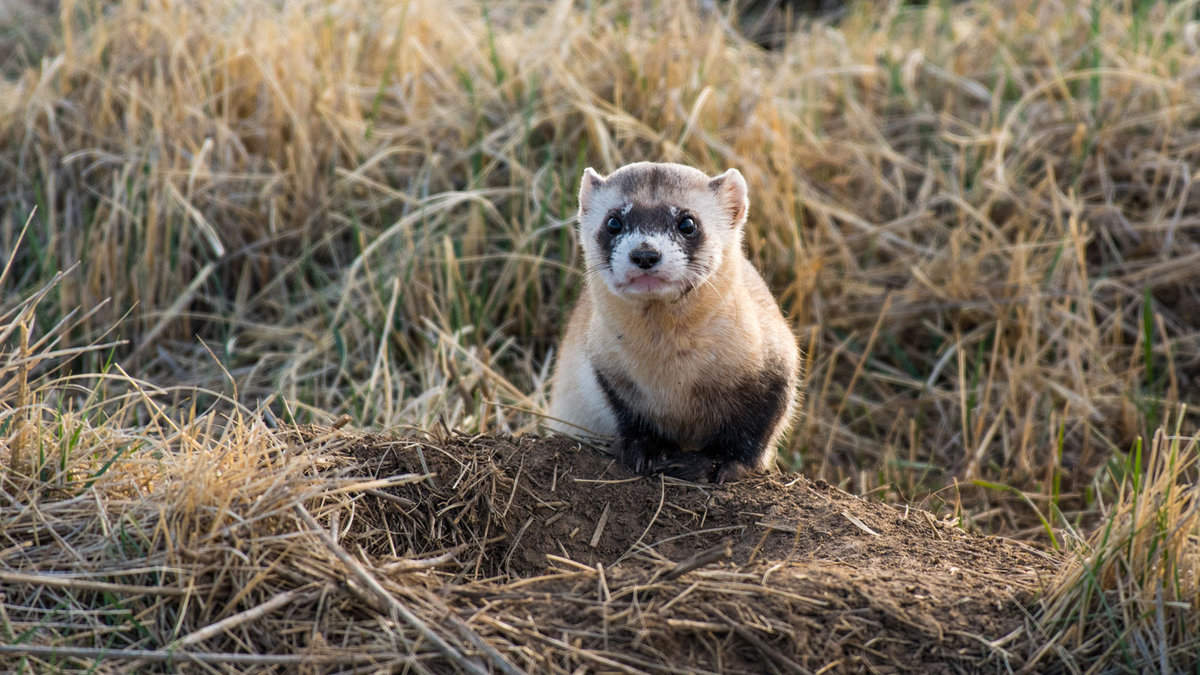
In this article, we'll highlight ten unsung heroes, offering a fresh perspective on Yellowstone's rich biodiversity.
From the shadows of towering pines to the edges of sparkling waters, every nook and cranny of this iconic park tells a tale of nature's marvels, waiting for attentive eyes to appreciate their beauty and significance.
1. Wolverine—The Fierce Solitary Carnivore of Yellowstone
Despite being the inspiration for superheroes and garnering a fierce reputation, the wolverine remains one of Yellowstone's most mysterious inhabitants.
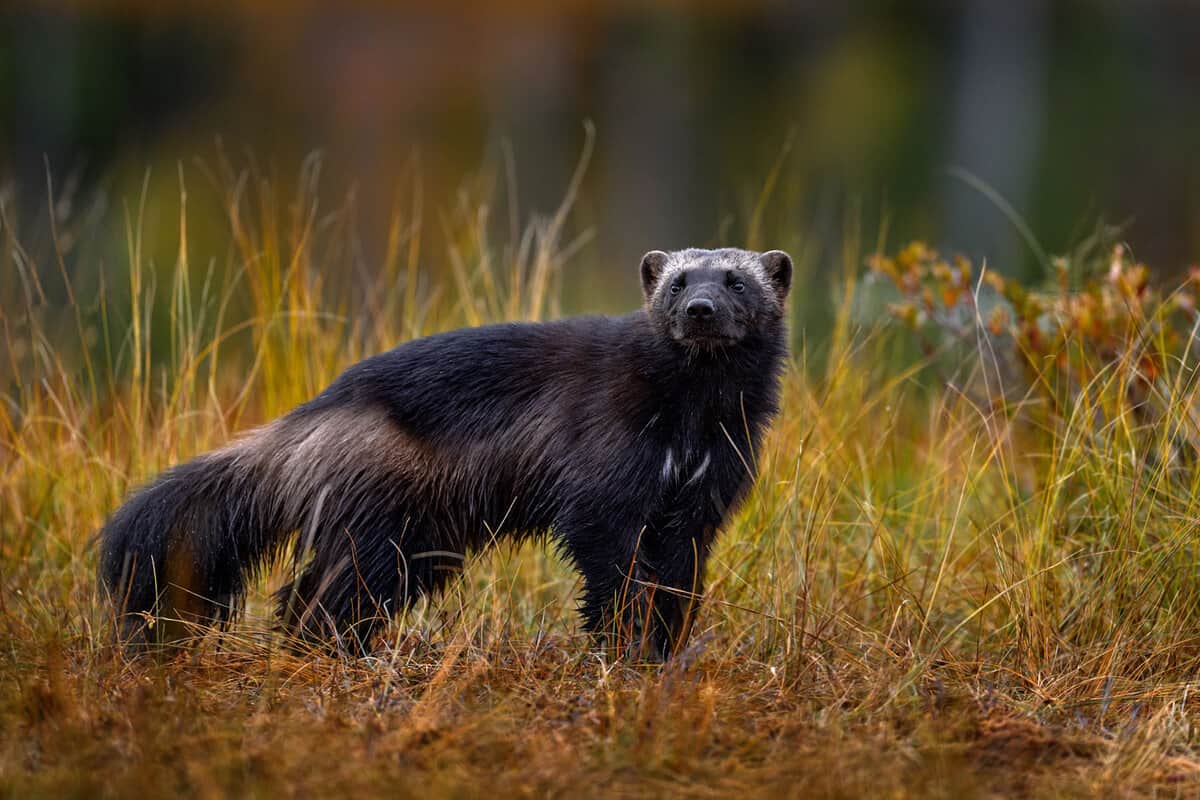
These compact carnivores, belonging to the weasel family, range from 38-47 inches long and weigh between 13 and 31 pounds.
Although not large, their ferocity and disproportionate strength allow them to take on much larger prey, earning them respect in the animal kingdom.
From 2006 to 2009, only seven wolverines were documented in eastern Yellowstone, making them an incredibly rare sight in the park.
Wolverines prefer secluded forest or alpine habitats, often described as islands of trees or tundra, making monitoring a significant challenge for biologists.
Those hoping for a glimpse should note the extremely slim odds; however, recent sightings near the Northeast Entrance road prove it's not entirely impossible.
2. Black-Footed Ferret—The Elusive Phantom of North American Prairies
The black-footed ferret, North America's only native ferret, is one of its most endangered mammals.
Historically numbering in millions, habitat loss dwindled their population, leading to their declaration as extinct in 1979.
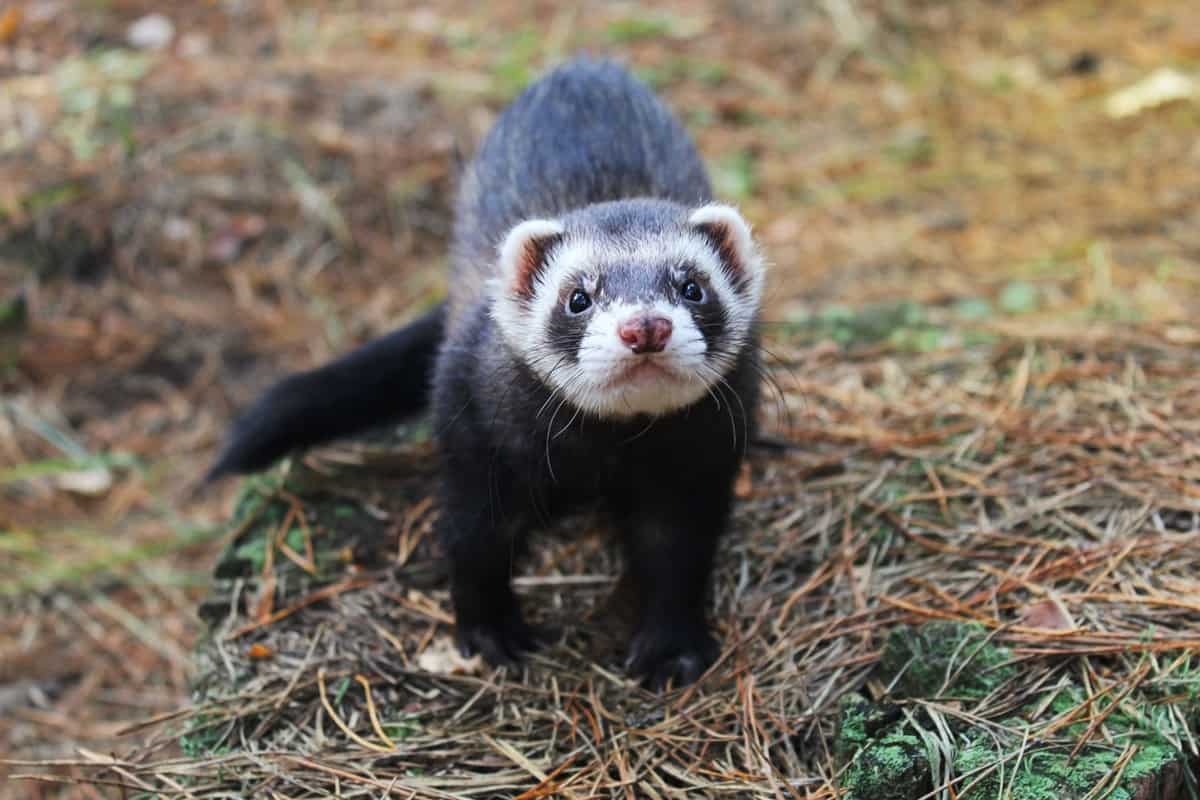
However, a chance discovery near Meeteetse, Wyoming, in 1981 revealed a surviving group.
Specialized hunters, these weasel family members almost exclusively prey on prairie dogs and inhabit their burrows. Today, their population remains fragile at around 300-400 individuals.
While not currently documented in Yellowstone, conservation efforts bring hope for their future return, with some releases occurring just 50 miles from the park.
3. Northern Saw-Whet Owl—The Tiny Enigmas of Yellowstone Nights
The Northern Saw-Whet Owl is a petite and endearing bird that inhabits Yellowstone.
Measuring between seven to eight inches and weighing a mere three to four ounces, their small stature makes them a challenge to spot, resulting in few reported sightings within the park.
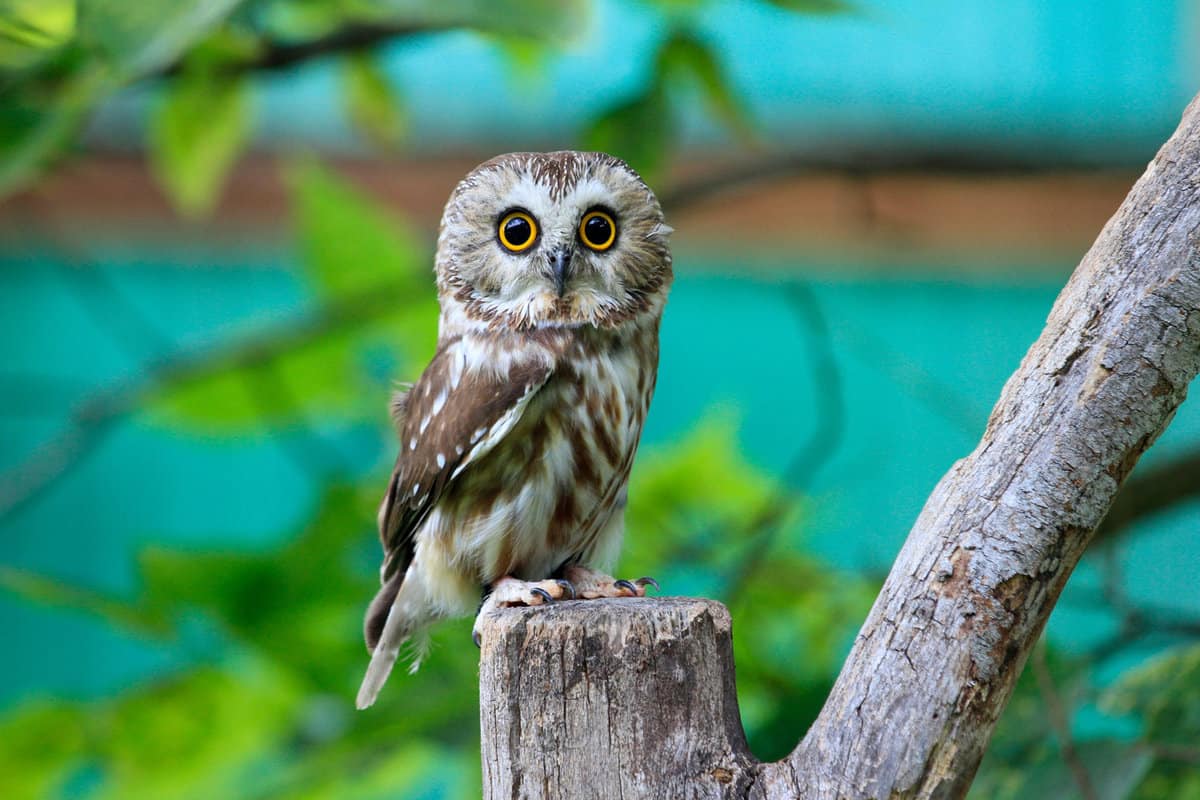
Their appearance is characterized by a round head with captivating yellow eyes and a contrasting black bill.
The facial disk is reddish/brown, adorned with short white vertical streaks on the forehead, while the underside features reddish/brown streaking from the neck to the belly.
Dorsally, their brown plumage is dotted with white spots.
For those wandering the park at night, their distinctive voice, a monotonous "Toot, toot, toot," can be heard echoing, a call reminiscent of the Northern Pygmy-Owl's.
4. Boreal Toad—The Lesser-Known Amphibian of Yellowstone
The boreal toad, the only native toad in Yellowstone and Grand Teton, is found in various parks.
Despite being relatively abundant, this amphibian has caught the attention of researchers due to its sensitive status and concerns raised by wildlife agencies.
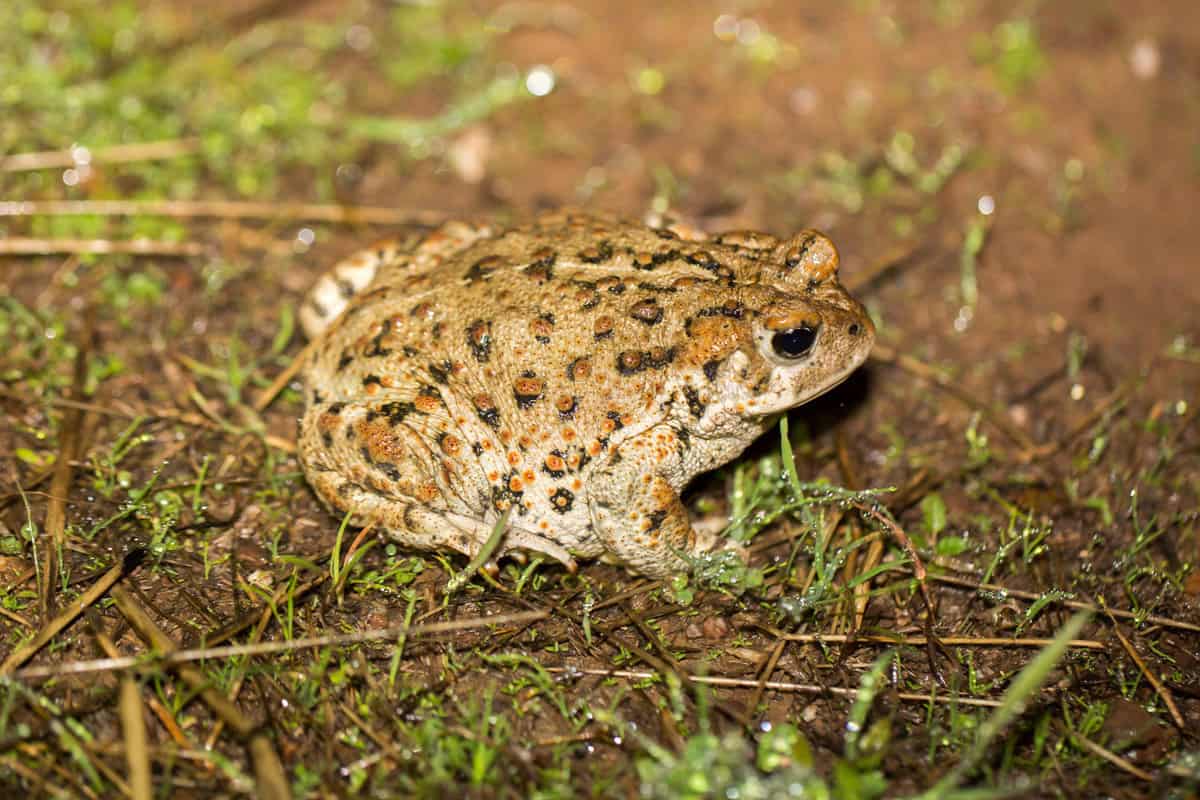
Historical reports indicate that their numbers were more significant a few decades ago, but habitat loss has led to their decline in many parts of the West.
The areas they inhabit within Yellowstone are affected by seasonal precipitation and other hydrological changes.
As a defense mechanism, these toads can excrete a toxic fluid from glands behind their eyes to deter predators like ravens, carnivorous mammals, and certain snakes.
During their active months, they primarily feed on ants, moths, other insects, and occasionally smaller boreal toads while hibernating in dry burrows during the winter.
5. Mottled Sculpin—The Overlooked Natives of Yellowstone's Streams
The mottled sculpin is a lesser-known native fish found in the cold, shallow streams of Yellowstone.
Despite their significance, they often go unnoticed due to their well-camouflaged appearance and preference for riffles.
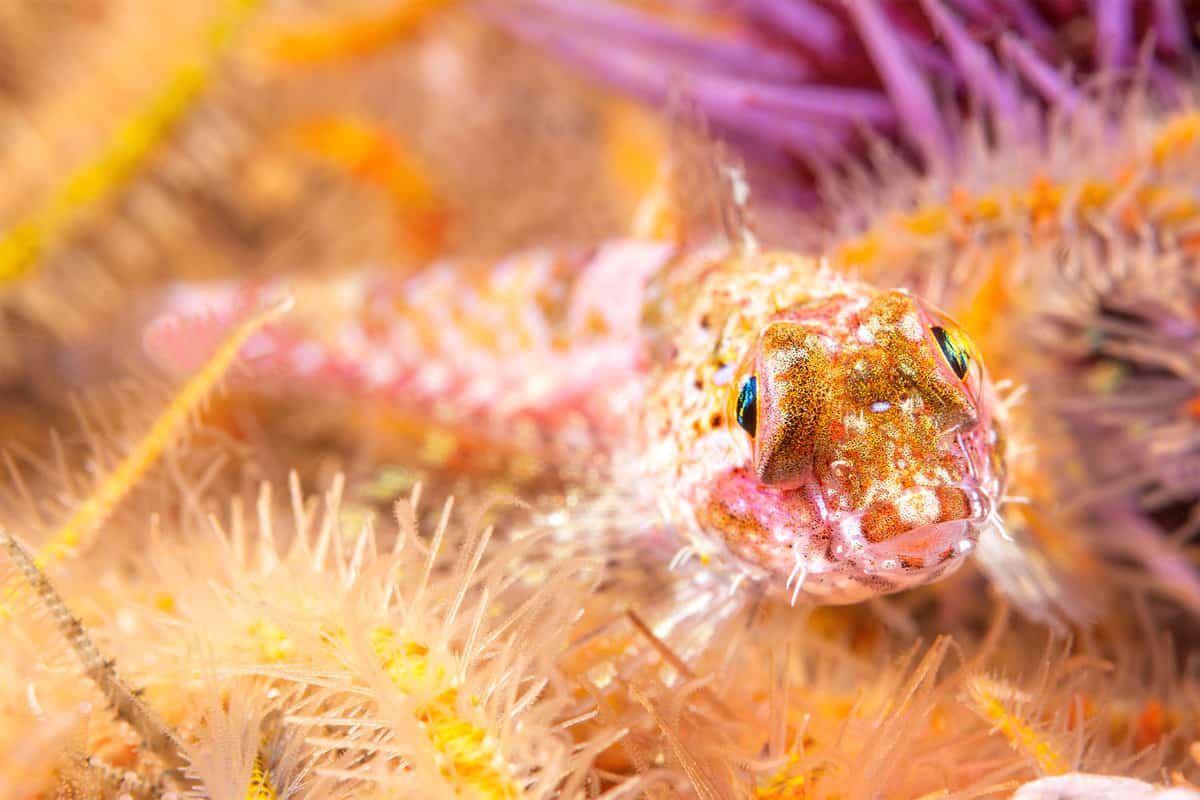
According to park biologist Pat Bigelow, these sculpins are a captivating yet frequently overlooked part of the park's ecosystem.
They serve as an essential food source for trout, highlighting their role in the aquatic food chain.
Their reproductive behavior is equally intriguing: during early winter and late spring, the male selects a secluded nesting spot beneath a rock or ledge.
In a fascinating display, the female enters, inverts herself, and lays eggs on the shelter's ceiling.
6. Yellow-bellied Marmot—The Whistle-Blowers of Rocky Slopes
The Yellow-bellied Marmot may not have the fierce reputation of a predator, but it certainly commands attention in its own right.
Belonging to the ground squirrel family, these sociable animals are often seen basking in the sun on rocks or scampering into burrows.
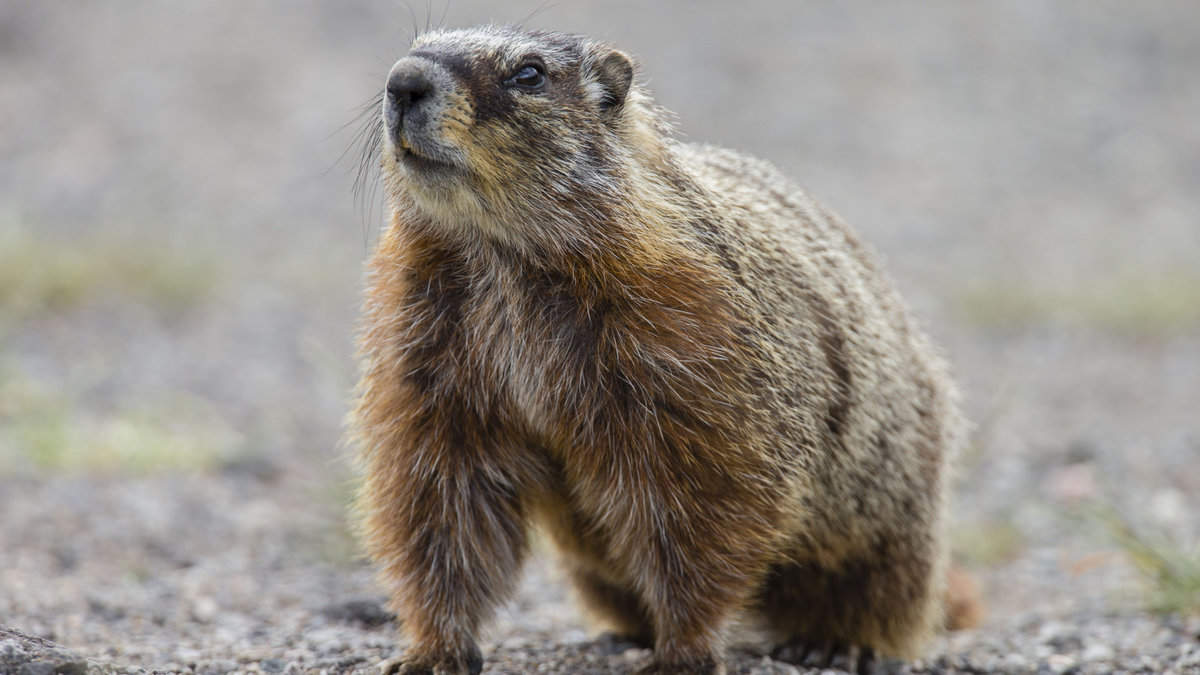
The marmots are well-known for their sharp, high-pitched whistle, which is an alert system to warn their colony of approaching danger.
While their diet mainly consists of leaves, flowers, and grasses, they don't shy away from insects and bird eggs when the opportunity arises. These marmots inhabit rocky slopes and meadows, often at higher elevations.
If you're hiking through Yellowstone's mountainous areas, keep an eye out and an ear open; you might be lucky enough to spot—or hear—one.
7. Elk—The Melodious Kings of the Yellowstone Valleys
Elk, with their impressive antlers and stately demeanor, are a sight to behold.
In the fall, their bugling calls can be heard echoing through the valleys, a distinctive sound that signals the mating season.
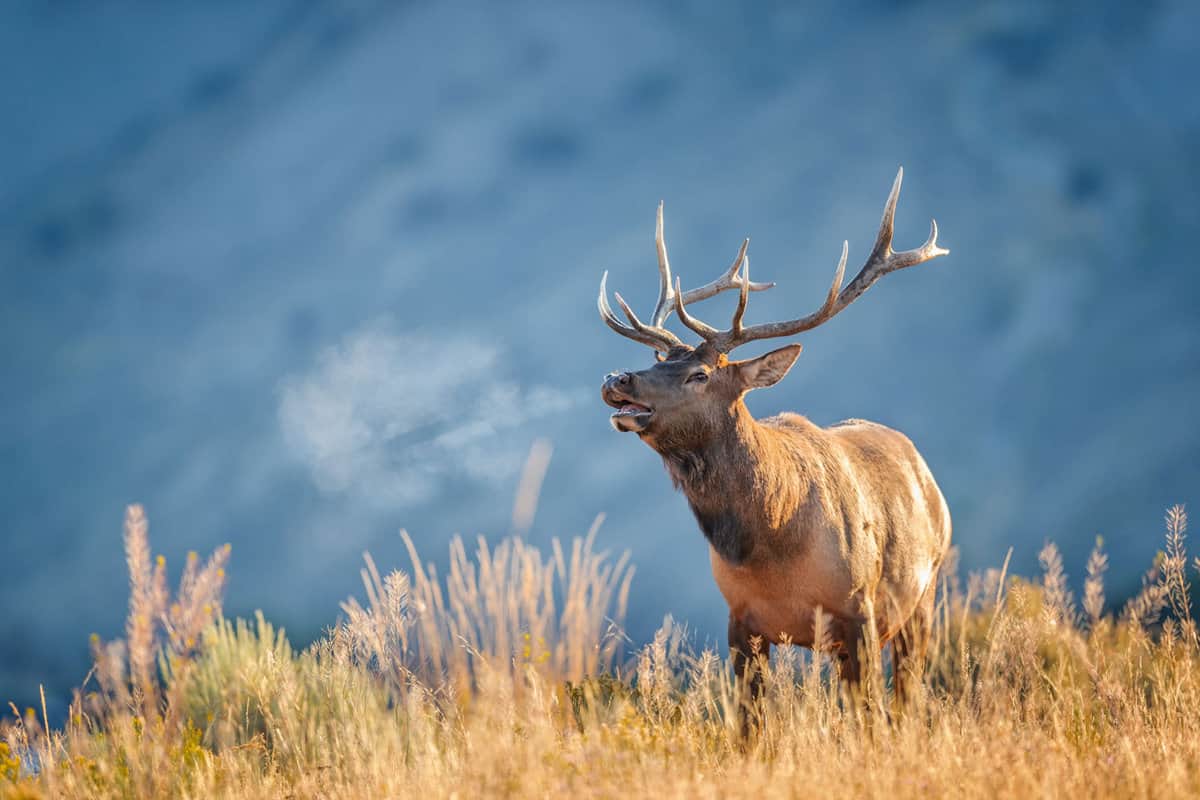
Surprisingly, they are the most abundant large mammal in Yellowstone, with their population fluctuating from 10,000 to 20,000 in the park.
Despite their numbers, they're not always spotted by casual visitors. They thrive in a variety of habitats, from forests to grasslands.
Aim to visit grassy meadows or riverbanks during the early morning or late afternoon, their most active periods to maximize your chances of witnessing these creatures.
8. Moose—The Gentle Giants of the Wetlands
The moose, with its towering stature and long legs, is an intriguing sight in Yellowstone. Despite their size, moose can be elusive.
They have a particular fondness for wet, wooded areas and are most frequently spotted during the quieter hours of dawn and dusk.
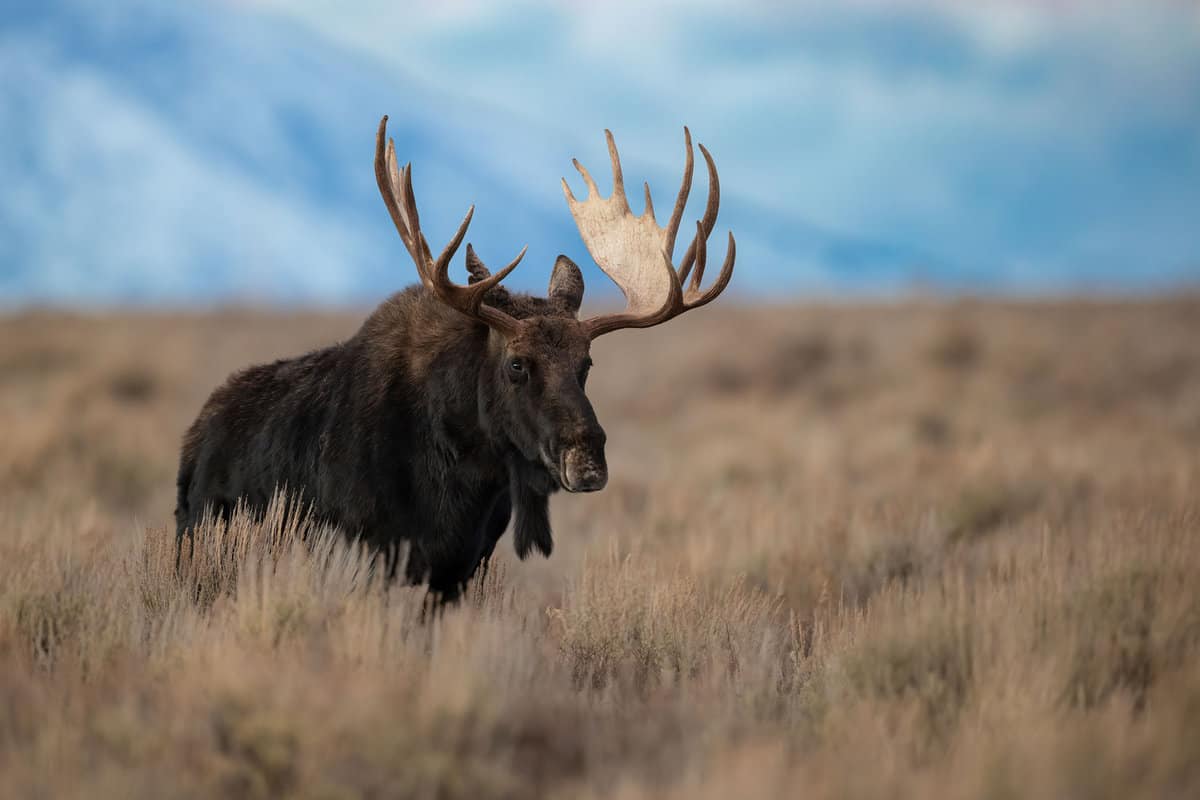
Yellowstone's moose population is estimated to be in the hundreds, making them a rarer sight than elk or bison.
Areas rich with willow trees and ponds are prime moose habitats, so those eager to spot one should focus their search there.
9. Pronghorn Antelope—The Swift Sprinters of the Sagebrush
The pronghorn, often called an antelope, is North America's fastest land animal.
Their unique double-layered eyes provide a wide field of vision, a crucial adaptation for spotting predators from afar.
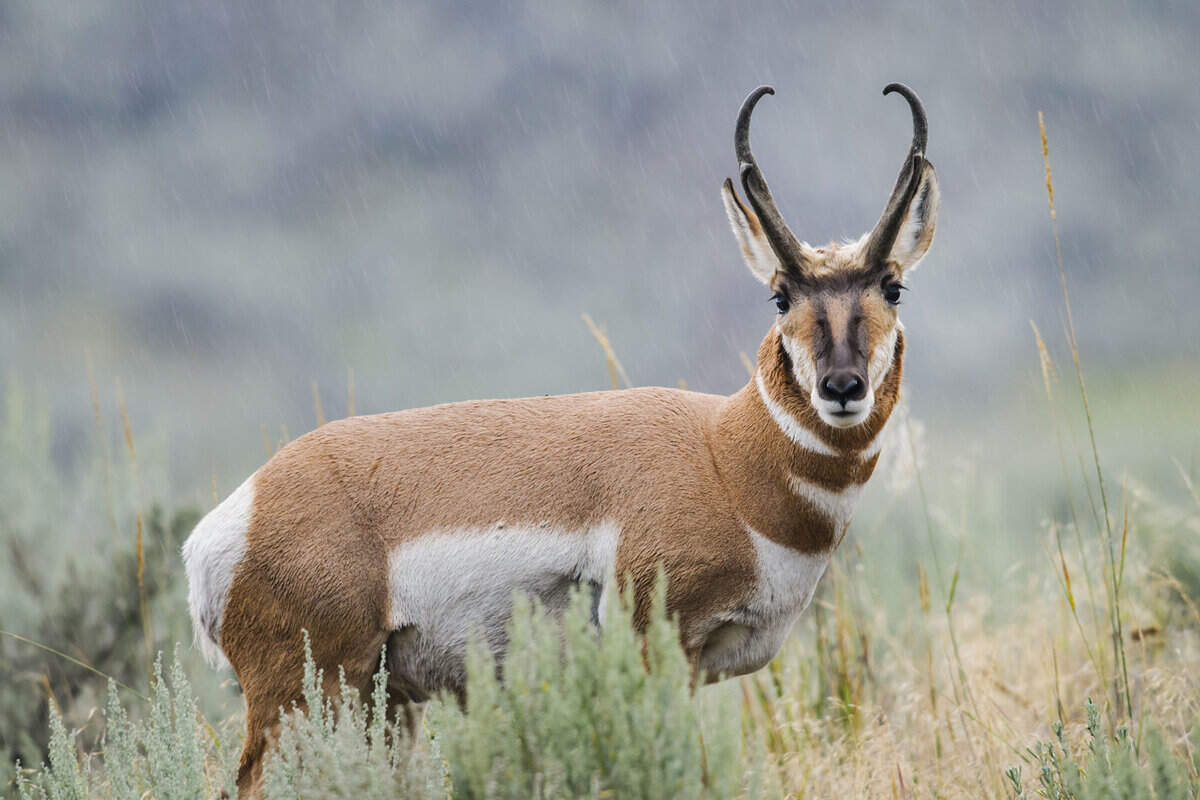
Capable of reaching speeds up to 55 mph, they have evolved to escape predators in open terrains.
They can be a bit more challenging to spot in Yellowstone because they prefer vast open spaces with clear visibility.
Areas populated with sagebrush are your best bet for observing these agile creatures, as they often graze there.
10. Pika—The Petite Architects of Alpine Zones
At first glance, you might mistake a Pika for a plush toy. These small, round, and fuzzy animals are relatives of rabbits and hares.
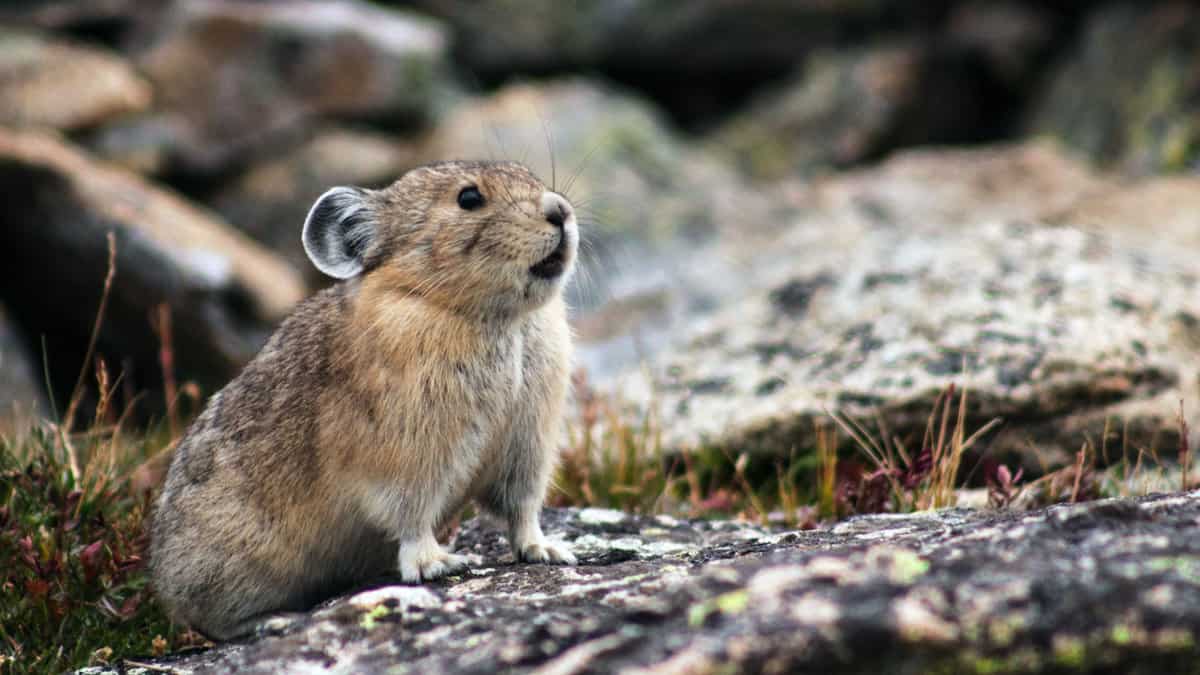
They are especially adapted to cold climates and usually inhabit the rocky talus fields in mountainous terrains. Despite their cuddly appearance, Pikas are rugged survivalists.
What sets them apart is their unique "haystacking" behavior. During the warmer months, they collect plants and create little haystacks, which they store to sustain them through the harsh winter.
While not easily spotted, a patient observer in Yellowstone's higher elevations might catch a glimpse of these industrious creatures darting between rocks.
Their high-pitched calls can sometimes be heard, adding another layer of charm to Yellowstone's alpine zones.
Parting Thoughts on Lesser-Known Animals of Yellowstone
Yellowstone's vast landscapes and geothermal wonders often command our attention, and rightfully so.
However, the park's diverse inhabitants breathe life into these terrains, each playing their unique notes in nature's grand symphony.
From the bison's powerful gallops to the elk's melodious calls and the pronghorn's swift strides, Yellowstone offers more than just scenic beauty — it presents a living, breathing testament to the wonders of the natural world.
So, the next time you find yourself wandering through this iconic national park, take a moment to appreciate the views and the lesser-known animals that call it home.
They are the unsung heroes, the heartbeat of Yellowstone.
Discover more captivating animal wonders:
Can Flamingos Fly? Discover The Magic In Flamingo Beach Florida
Elephants: 9 Places in Florida to Encounter These Gentle Giants
